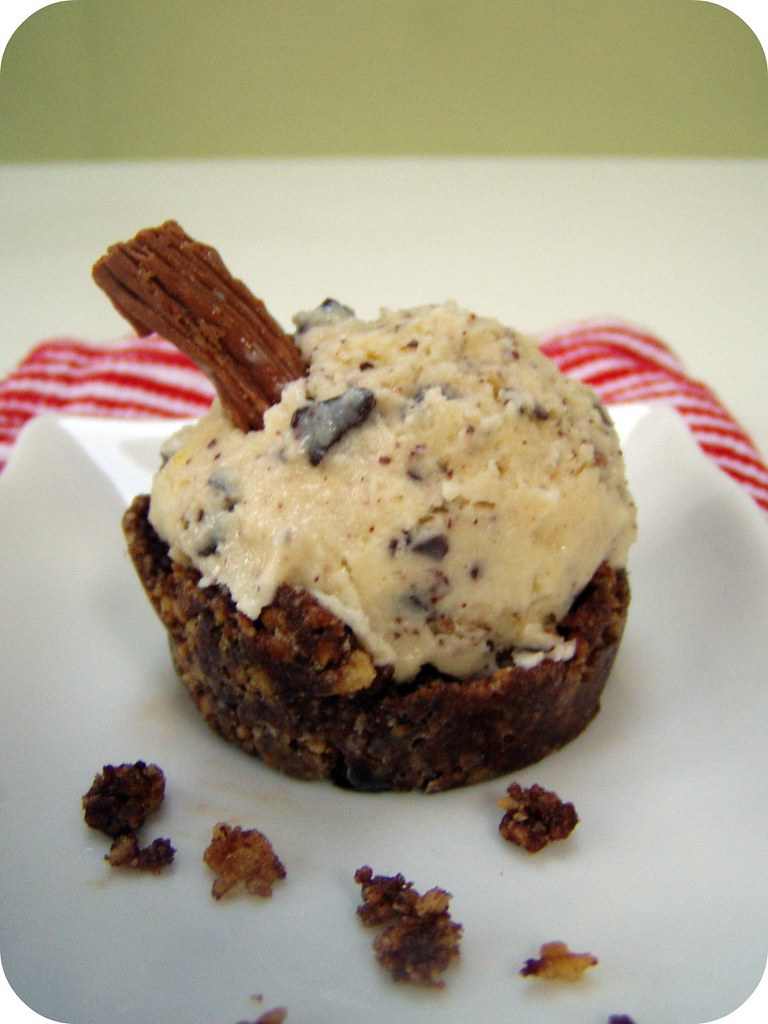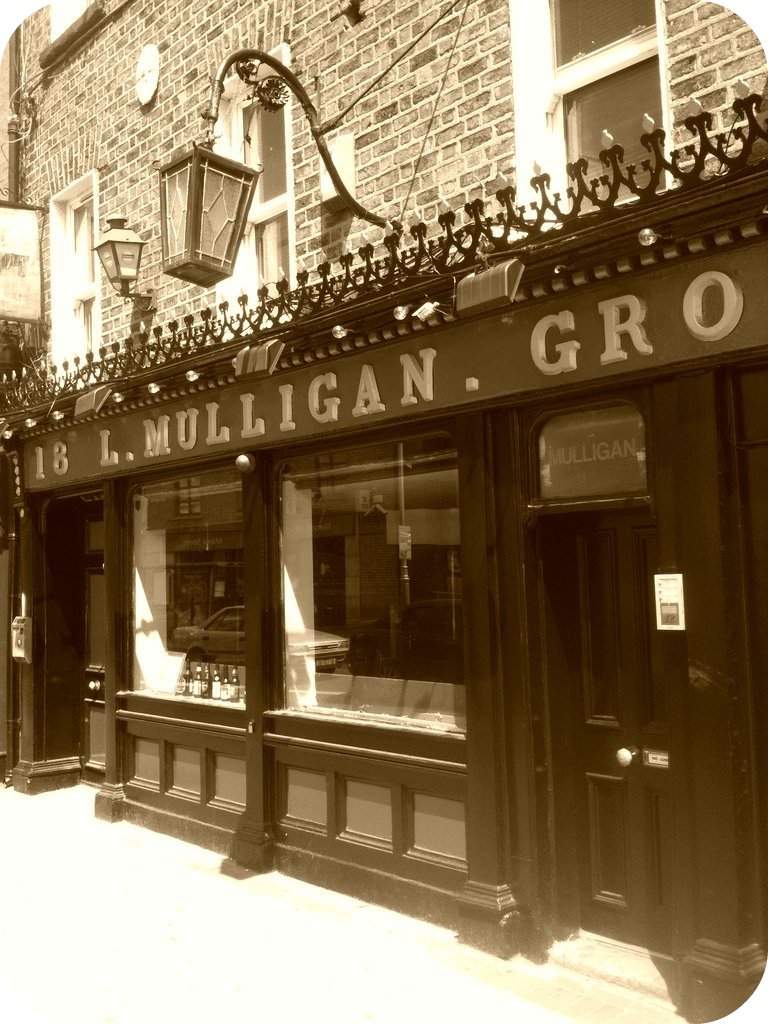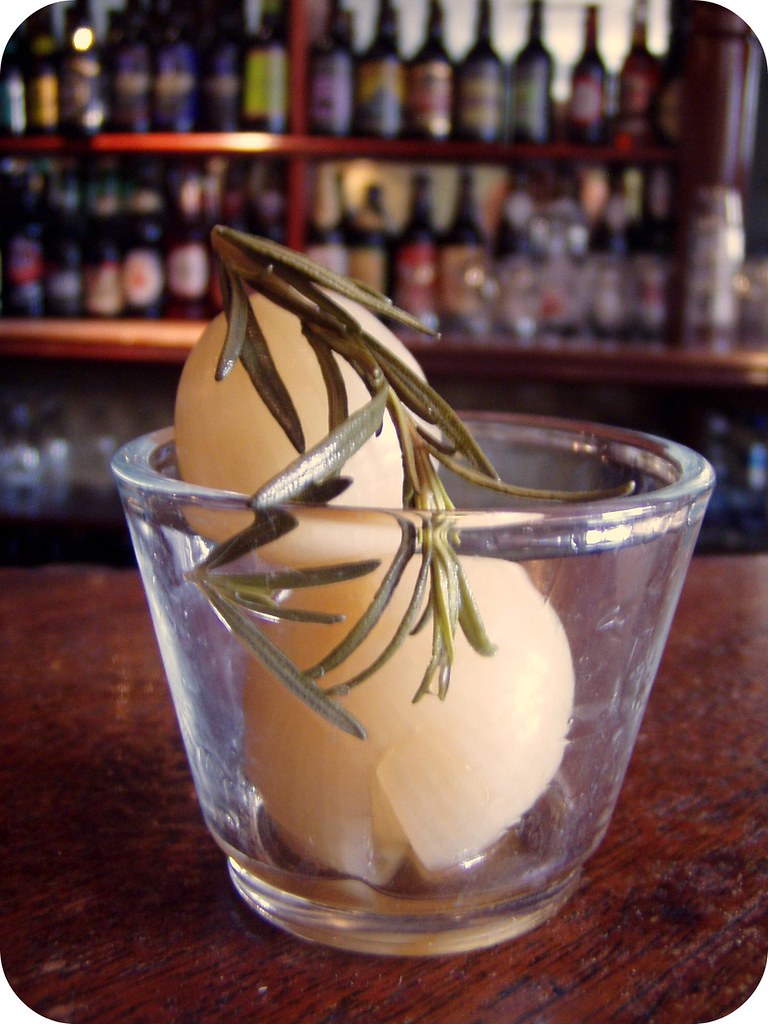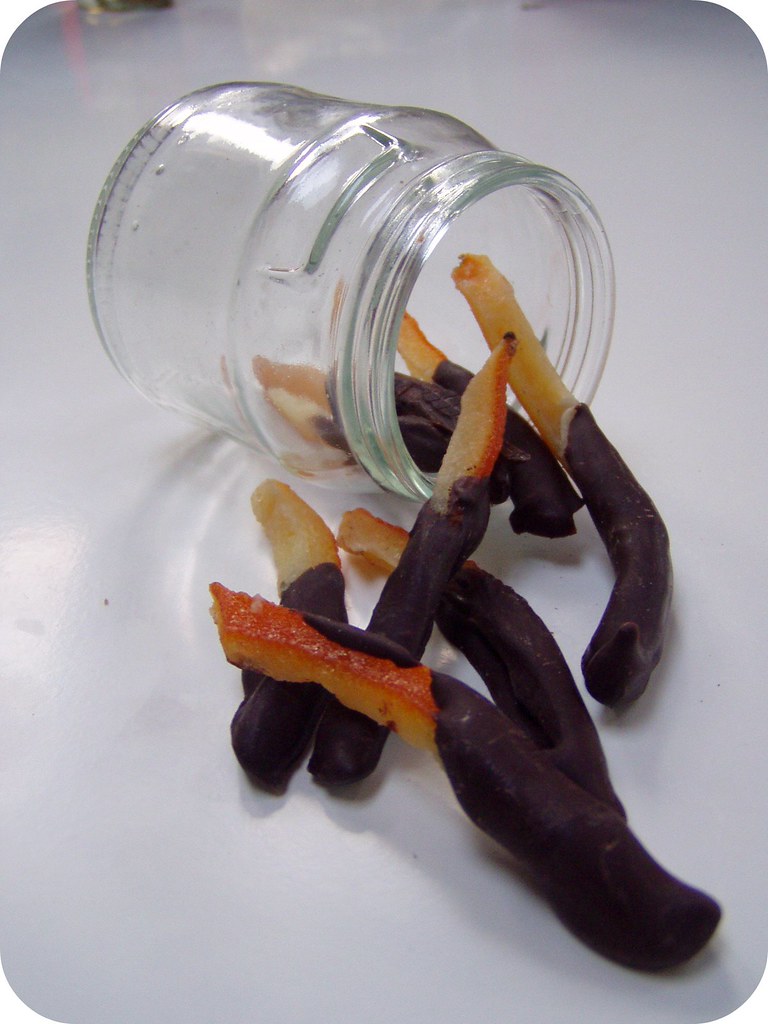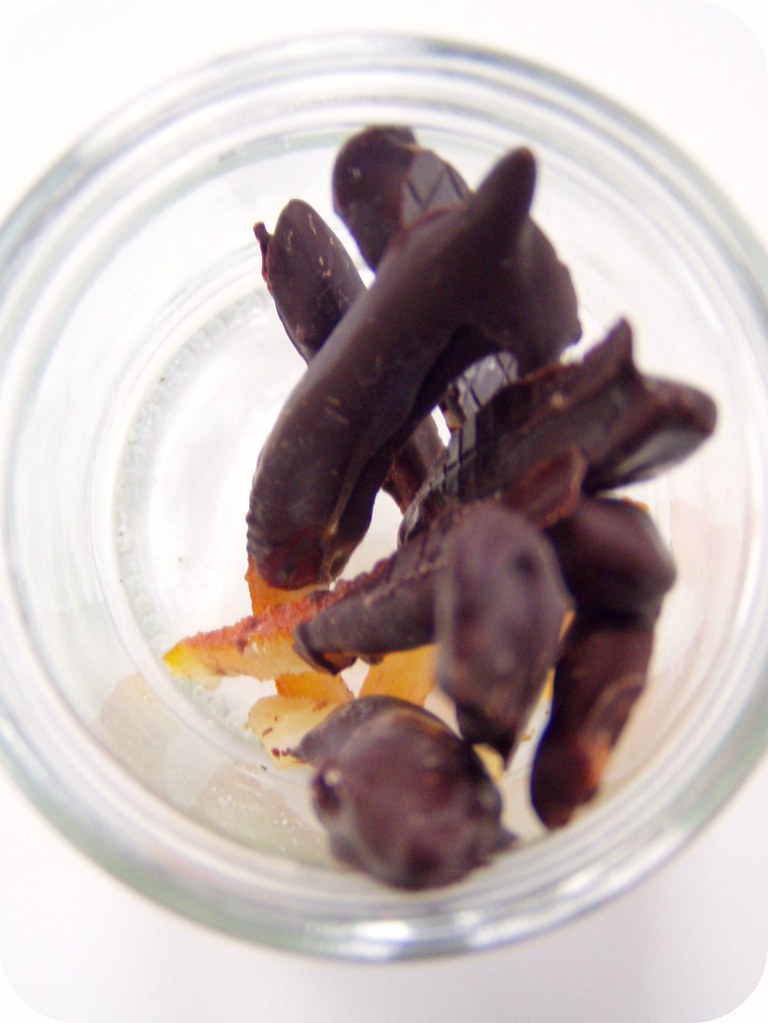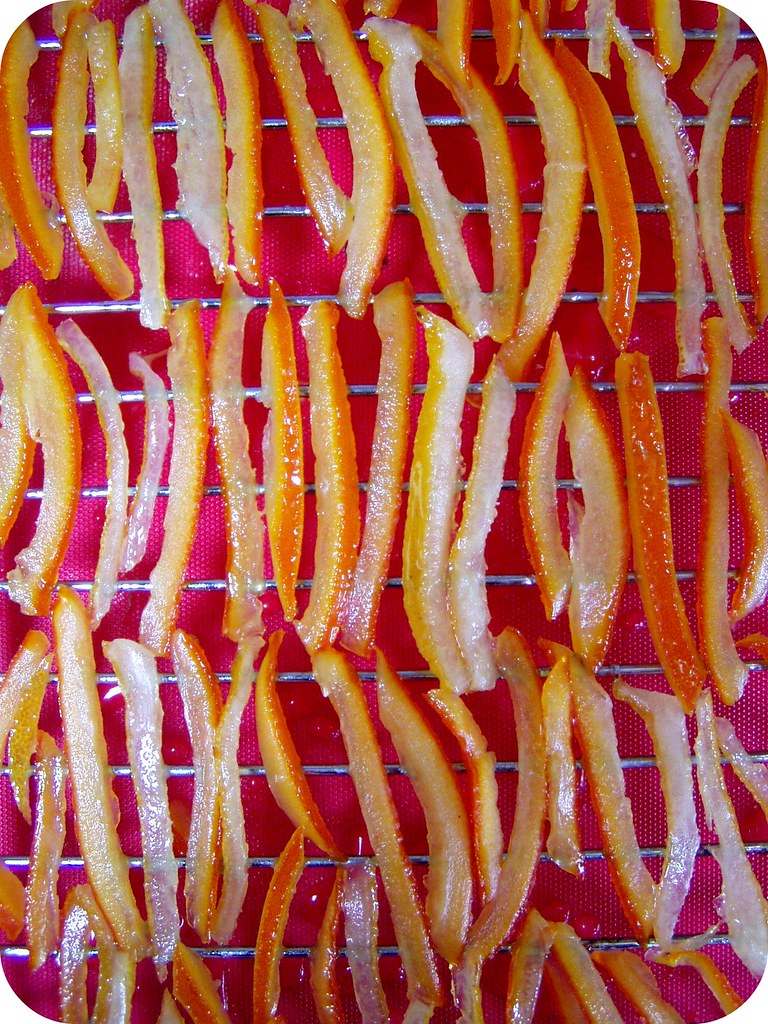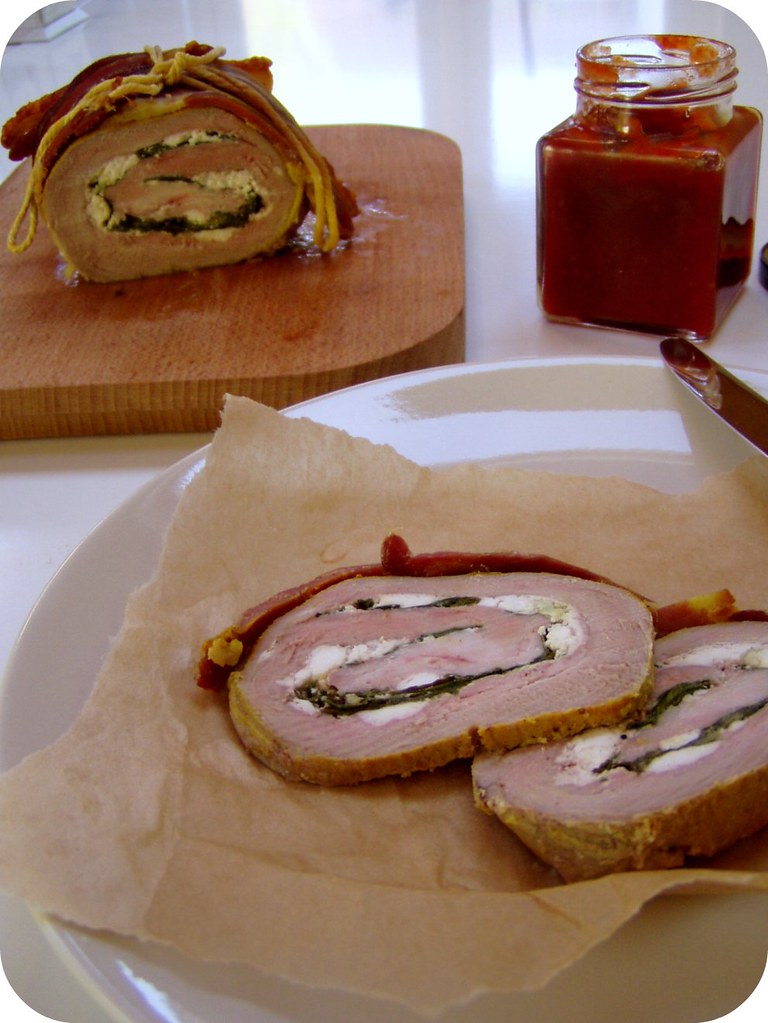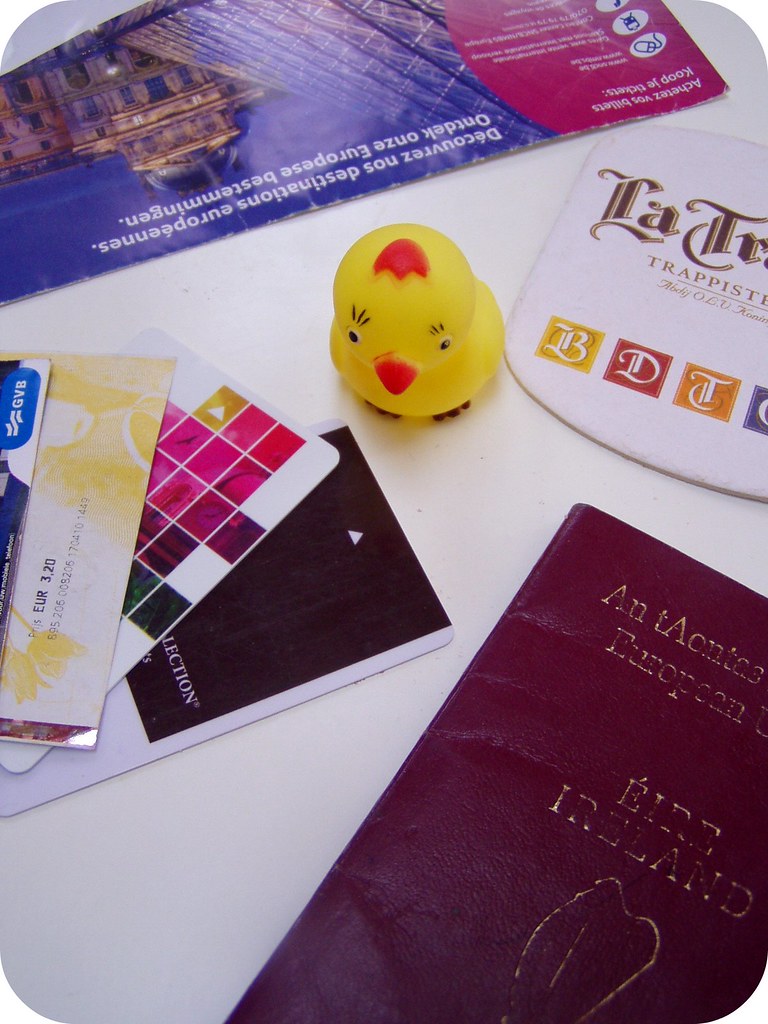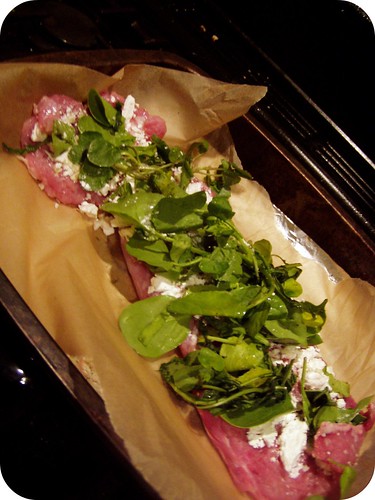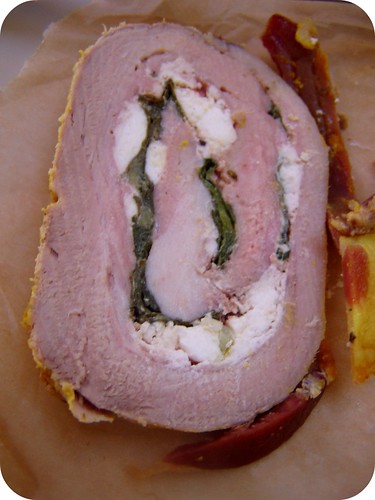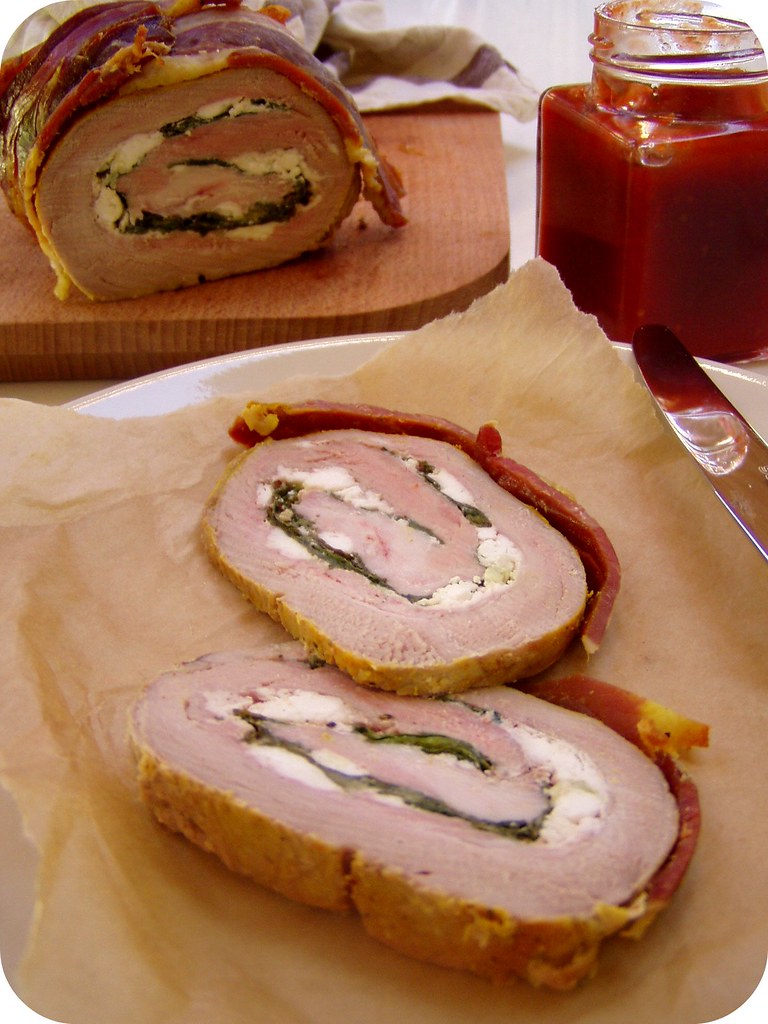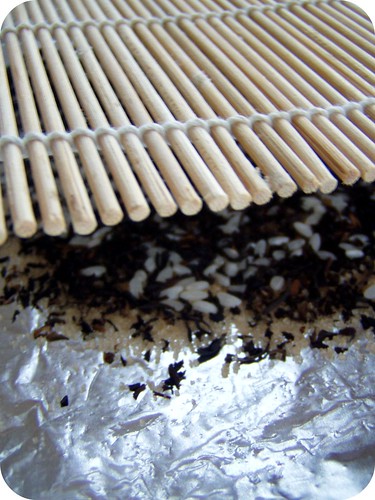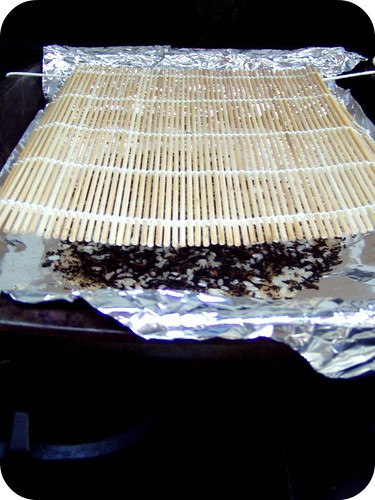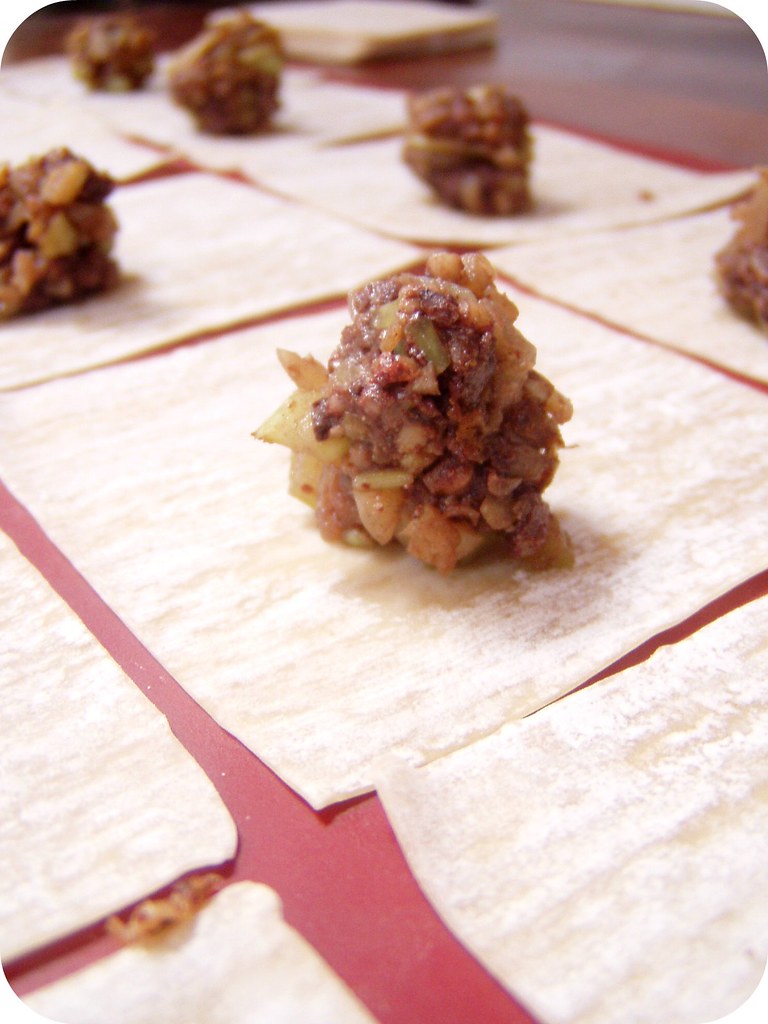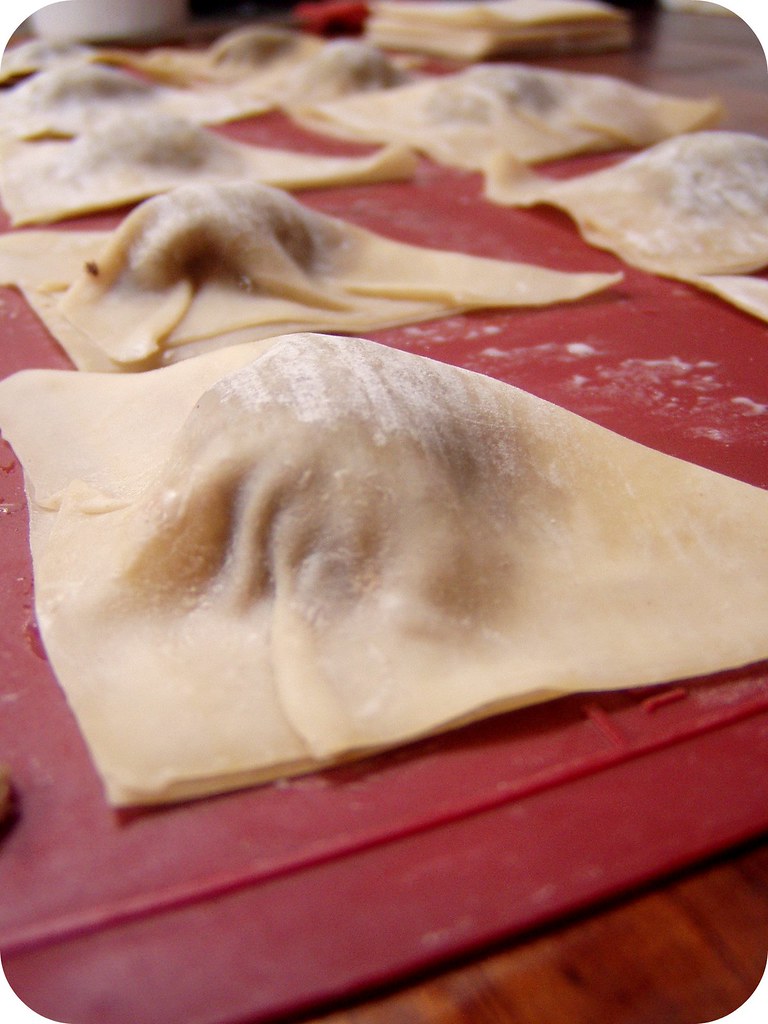There has been no glut of vegetables this year. Everything has crept in slowly, elusive and then fleeting, before dissipating into nothingness as though it was never there. I waited and waited for zucchini flowers which never arrived, for summer sprouting broccoli to serve with tart Boyne Valley blue cheese, for strawberries which stubbornly refused to ripen (ahem...and for blog posts that never got written). The optimism with which I planted our raised beds seems naive now, the planter boxes are a tangle of cucumber vines that did not yield any cucumbers for pickling and the fat green tomatoes will be resigned to chutney before they rot on the plant.
Suddenly though, everywhere I look there are figs: perched in boxes at Lilliput Stores, in crates at the Fruit and Veg Market in Smithfield, tucked into the cool walk-in in Mulligan's. Today I bought four... plump and ripe, perfect for baking til the juice is puce and sticky with soft goat's cheese and crunchy walnuts. They taste like Autumn, saying goodbye to Summer. They are going to be served at the pub , for two weeks only. They aren't even going on the menu, just chalked on the board next to the coffee machine...fleeting and elusive.
Ingredients
Serves 4 as a starter or for lunch
4 fat figs
100 grams of blue cheese, goats cheese, or other soft & salty cheese (I used Boyne Valley Blue, a goats' blue from County Louth)
A handful of walnuts, toasted in a 180 oven for 4-6 minutes or over a medium heat on the hob for the same length of time
200 mL Apple Balsamic Vinegar (I used David Lllewelyn's from Rush) or 150 mL Regular Balsamic and 50mL Apple Juice
2 Tablespoons of Brown Sugar or 30mL honey
Sourdough Bread, for mopping up the juices
Equipment
Baking Tin
Knife
Tin Foil (optional)
Heavy bottomed saucepan
Instructions
Place the the balsamic vinegar and honey or sugar in a saucepan on the stove. Bring to the boil, ensure all sugar or honey is well dissolved and then reduce to low heat until reduced by half (be patient!). Remove from pan and cool. If it is too thick, return to heat and whisk in a tablespoon or two of apple juice. This will make more than you need for this recipe, but can be used in salads as a dressing, or as a glaze for pork.
With a sharp knife cut the figs through the centre from the top, stopping about three quarters of the way down (so that the two halves are still connected at the bottom). Do the same at right angles to the first cut, so there is now a cross cut in the top of each fig, but all 4 quarters are attached to the bottom.
Place each fig on a piece of tinfoil (optional: this will catch all the juices) or arrange on a baking tray.
Divide the blue cheese amongst the figs (you might want to use more cheese, but Boyne Valley Blue is very strong!), tucking the cheese into the cross of the fig and wrap each tin foil parcel tightly.
Place in a 180 degree oven for 10-12 minutes, until the fig is soft and the cheese is melted.
Serve the figs on top of a piece of toasted sourdough, scattered with the walnuts and drizzled in the balsamic vinegar.




























